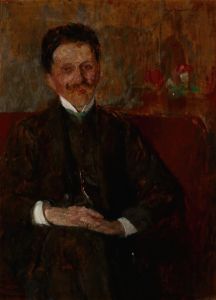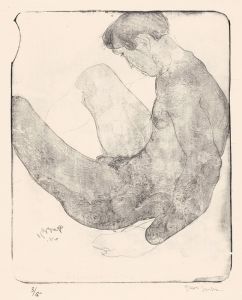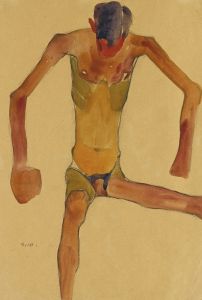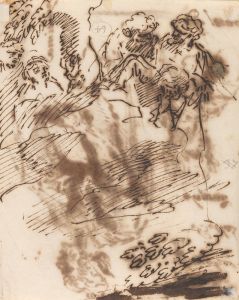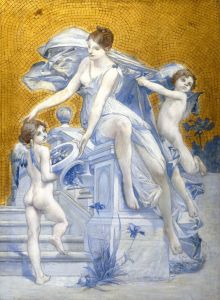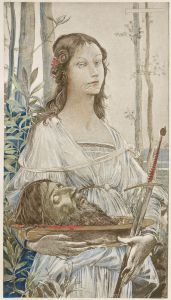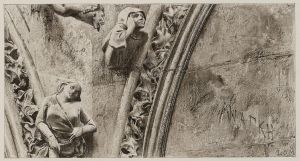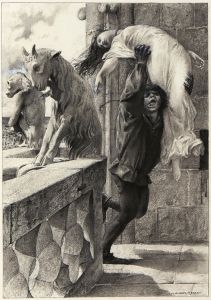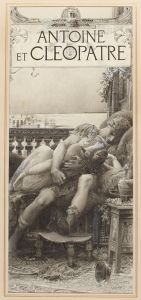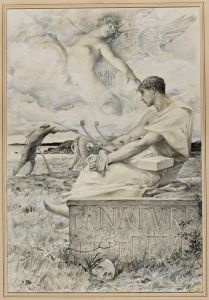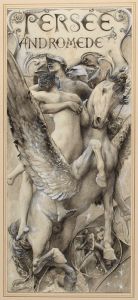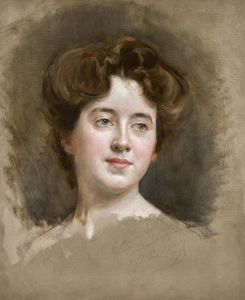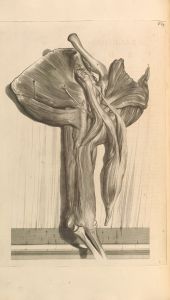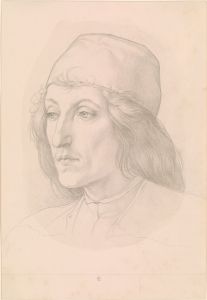
Etude de femme nue
A hand-painted replica of Luc-Olivier Merson’s masterpiece Etude de femme nue, meticulously crafted by professional artists to capture the true essence of the original. Each piece is created with museum-quality canvas and rare mineral pigments, carefully painted by experienced artists with delicate brushstrokes and rich, layered colors to perfectly recreate the texture of the original artwork. Unlike machine-printed reproductions, this hand-painted version brings the painting to life, infused with the artist’s emotions and skill in every stroke. Whether for personal collection or home decoration, it instantly elevates the artistic atmosphere of any space.
Luc-Olivier Merson (1846–1920) was a French academic painter and illustrator, known for his detailed and often allegorical works. One of his notable paintings is "Etude de femme nue" (Study of a Nude Woman), which exemplifies his skill in rendering the human form with precision and sensitivity.
"Etude de femme nue" is a study piece that showcases Merson's adeptness in capturing the subtleties of the human anatomy. The painting features a nude female figure, rendered with meticulous attention to detail. The subject is depicted in a naturalistic pose, emphasizing the contours and musculature of the body. This work is a testament to Merson's academic training and his ability to convey the beauty and complexity of the human form.
Merson was a student of the École des Beaux-Arts in Paris, where he studied under the tutelage of influential artists such as Gustave Chassevent-Bacques and Isidore Pils. His education at this prestigious institution is evident in the technical proficiency displayed in "Etude de femme nue." The painting reflects the rigorous academic standards of the time, focusing on anatomical accuracy and the study of the human figure.
Throughout his career, Merson was known for his versatility, working in various mediums including painting, illustration, and stained glass design. He gained recognition for his historical and religious subjects, often imbued with a sense of narrative and symbolism. "Etude de femme nue," while more straightforward in its subject matter, still demonstrates his ability to infuse a sense of life and character into his work.
Merson's contributions to the arts were widely acknowledged during his lifetime. He received numerous accolades, including the prestigious Prix de Rome in 1869, which allowed him to study at the Villa Medici in Rome. This experience further honed his skills and broadened his artistic perspective, influencing his subsequent works.
In addition to his painting career, Merson was also a prolific illustrator. He created illustrations for various publications, including books and magazines, and his work was highly sought after for its detail and expressiveness. His illustrations often featured intricate compositions and a keen eye for detail, qualities that are also evident in his paintings.
"Etude de femme nue" is a fine example of Merson's dedication to the study of the human form and his commitment to the principles of academic art. The painting remains a significant piece within his oeuvre, highlighting his technical skill and his ability to capture the essence of his subjects.
Luc-Olivier Merson's legacy continues to be appreciated by art historians and enthusiasts alike. His works, including "Etude de femme nue," are celebrated for their craftsmanship and their contribution to the academic art tradition. Merson's influence can be seen in the works of subsequent generations of artists who have drawn inspiration from his meticulous approach to art and his dedication to the study of the human figure.





